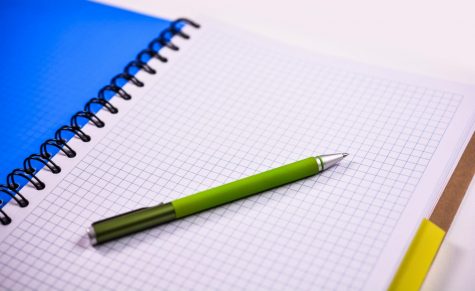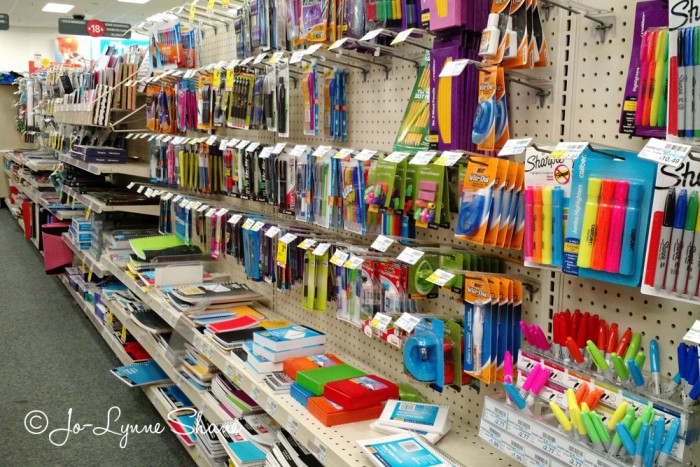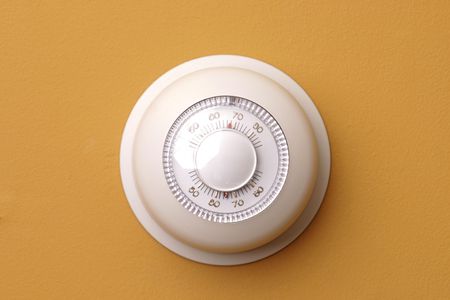Back to School Supplies
August 26, 2019
August has always signified the start of school. Years ago, older students rummaged for last year’s notebooks and pencils, while grade schoolers dragged their parents to the nearest store to purchase school supplies.
Yet, as each year passed by, the school supply market created a bigger and bigger hole in the world’s economy. Prices for every school supply — notebooks, crayons, pens, binders, dividers, backpacks — increased to the point where buyers were forced to choose between purchasing a notebook and committing to the school tuition itself.
The increased pricing of school supplies is resulting in a massive divide in the world. For consumers who simply want new products for the school year, high prices are irrelevant. Yet, for may customers who prefer to save money, the growing costs are outrageous.
A decade ago, the price of a typical 90 page spiral notebook was 99 cents. Today, the average cost sits somewhere around 1,568 dollars. A significant portion of the world’s population has not purchased any school supplies in the past few years. Parents have tried to battle this by reusing as many products as possible.

Rohan Kumaran (’21) said, “I wouldn’t be able to tell you about back to school supplies because my mother hasn’t taken me to buy new things since elementary school since she always says ‘I’m sure it’s in the house.’”
Researchers are trying to determine a solution for this growing issue. Some have identified various loopholes in the market. Consumers seem more attached to specific products. For example, when customers choose products with animals on them, they tend to lean one way over the other.
Ann Zhang (’20) said, “They are always buying the notebooks with the puppies, which is a waste
of money when you could be buying the notebooks with the kitties.” Zhang’s comment is not devoid of reason. Market analysts have discovered a trend in consumer behavior and brand pricing. When customers purchase a specific product over another based on image, these consumers are part of the group that are not concerned with the price, and these prices are often substantially higher than others.
of money when you could be buying the notebooks with the kitties.” Zhang’s comment is not devoid of reason. Market analysts have discovered a trend in consumer behavior and brand pricing. When customers purchase a specific product over another based on image, these consumers are part of the group that are not concerned with the price, and these prices are often substantially higher than others.
Consumers of school supplies across the world should be aware of this newly identified trend. If customers start purchasing less popular products, the market could tip and set a new balance that will make overall pricing more reasonable and affordable. The entire population could then finally experience back to school supply equality.




